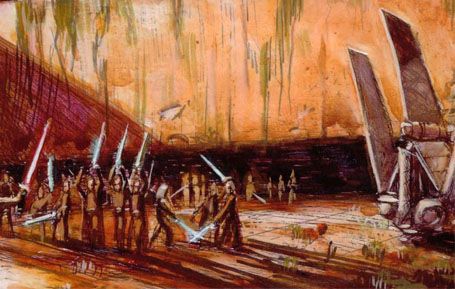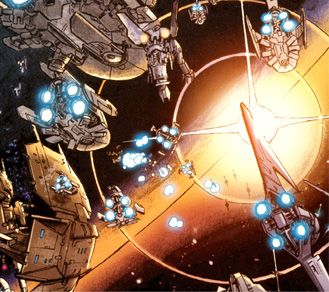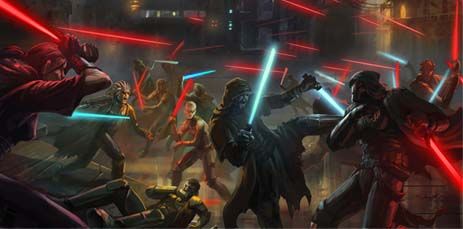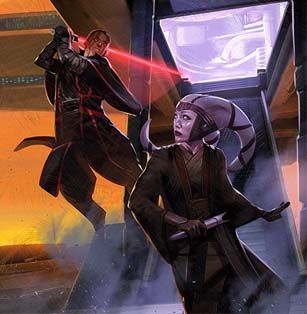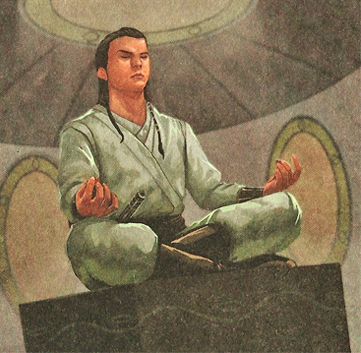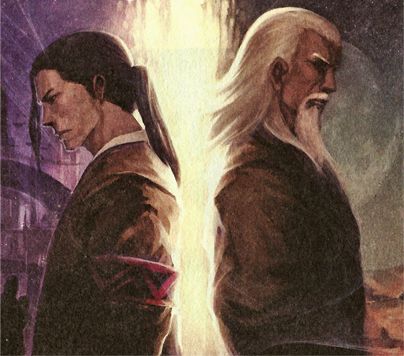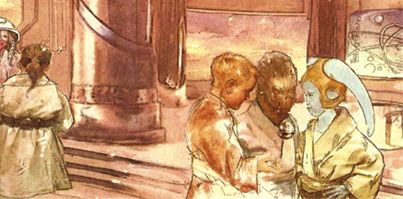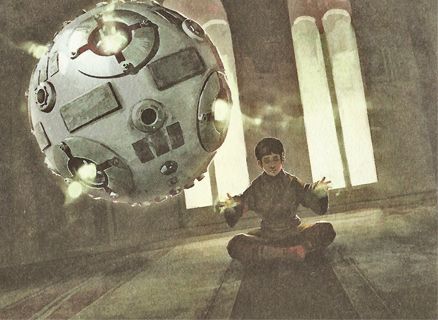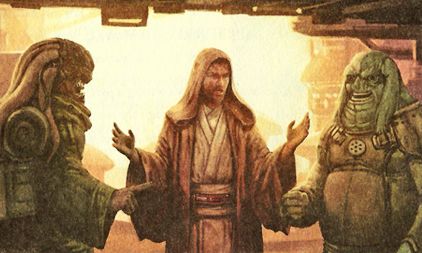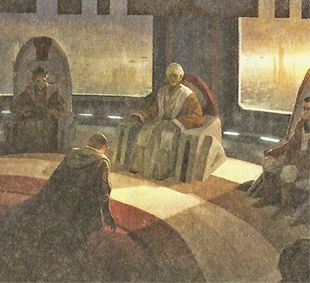- Joined
- Jul 15, 2011
- Messages
- 114
- Reaction score
- 12
New Jedi Order
History, Beliefs, and Hierarchy
History, Beliefs, and Hierarchy
Hello, young Padawan, and welcome to the Jedi Archives onboard the JOV Galactic Evolution. The High Council has put together this briefing to help you learn more about the New Jedi Order and the way of the Jedi. To do this, we have complied four basic learning scrolls for you. These scrolls contain:
Learn these well, young one. They are a crucial and fundamental part of the life of all Jedi. Once you begin your training, you may learn more about these in-depth, and your master will expect you to understand all of it.
Last edited by a moderator:


